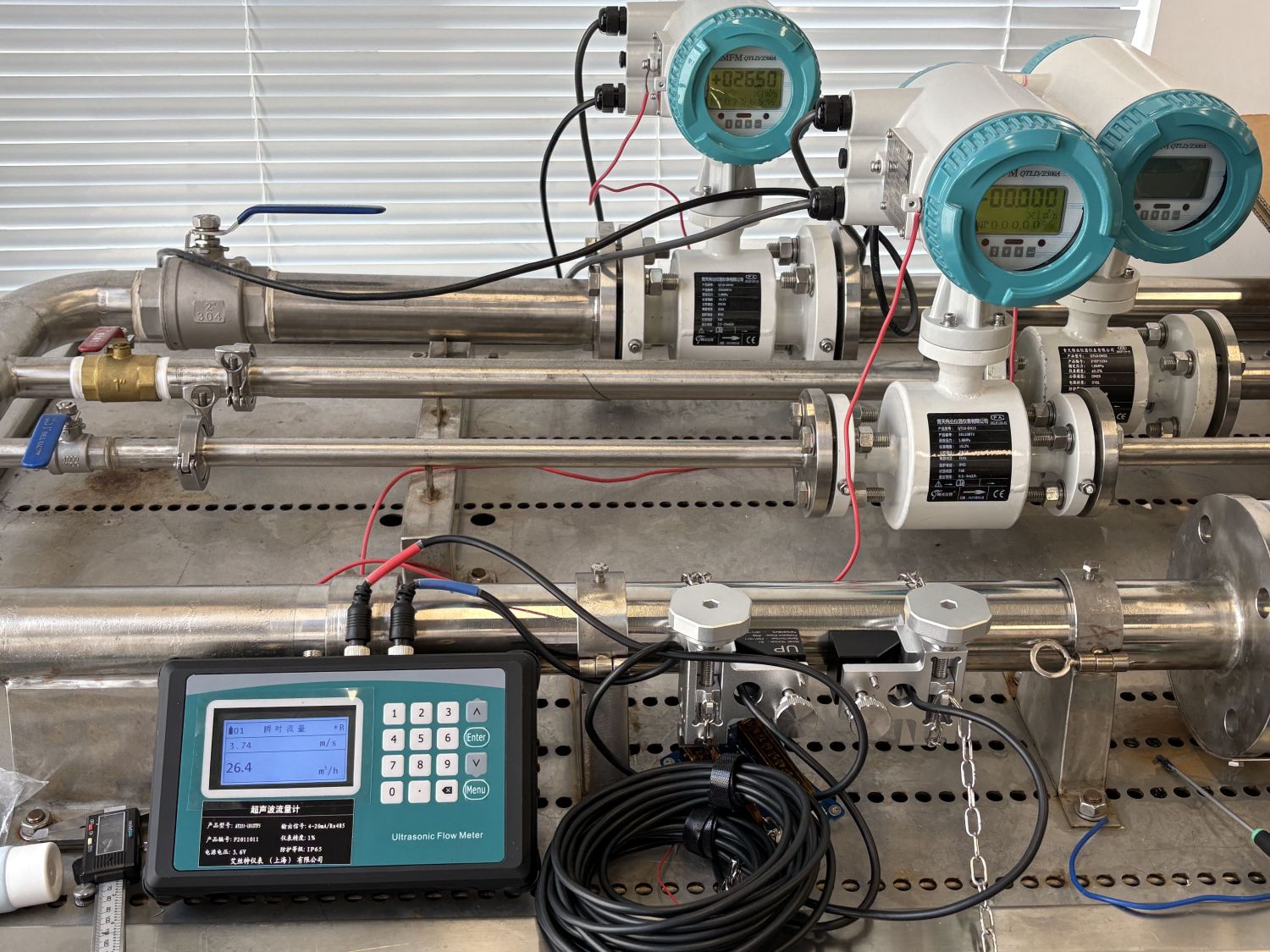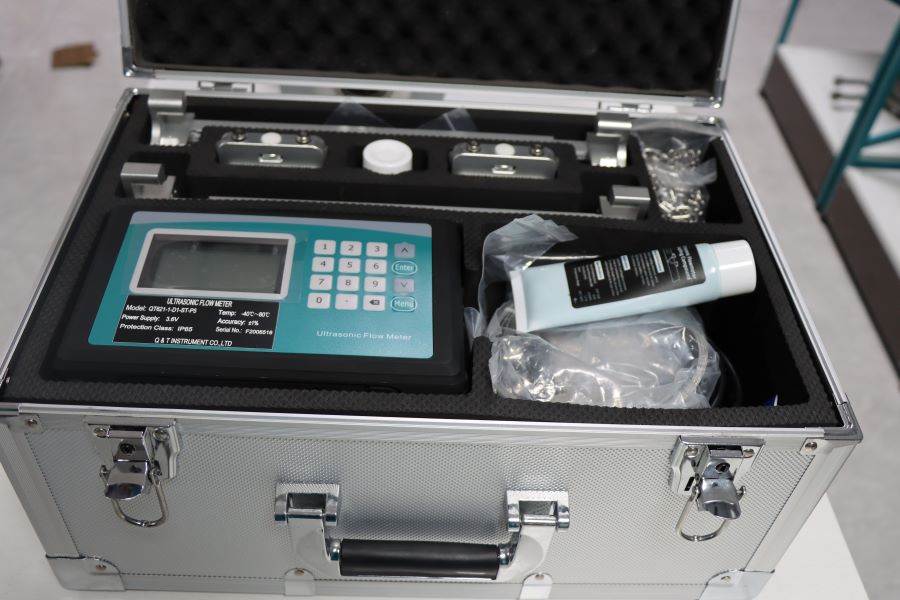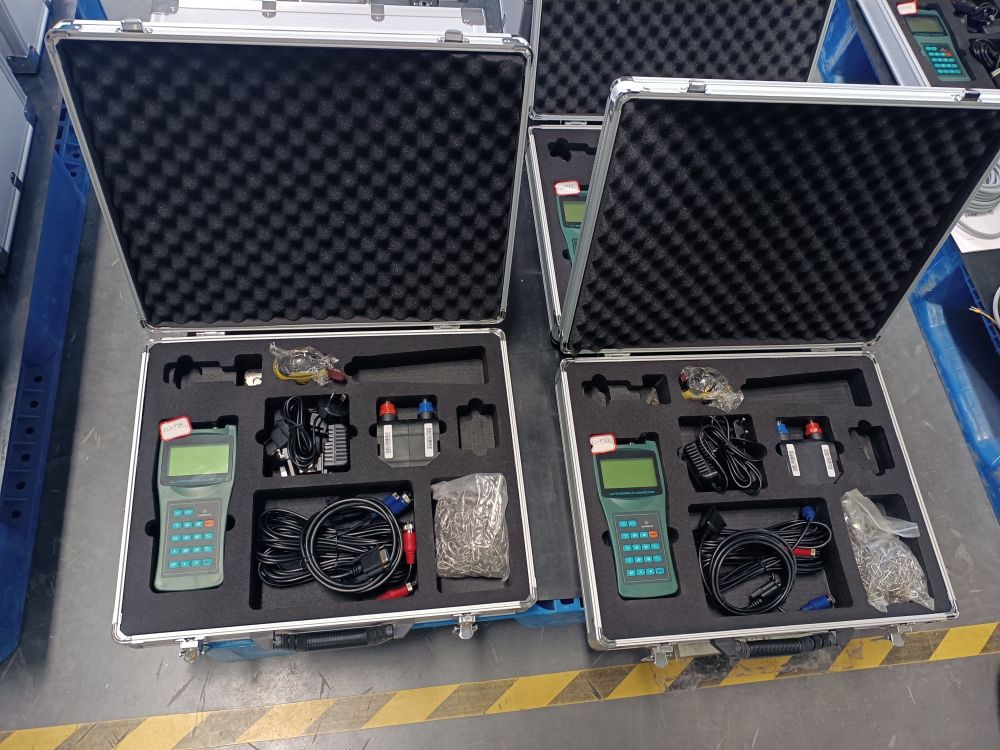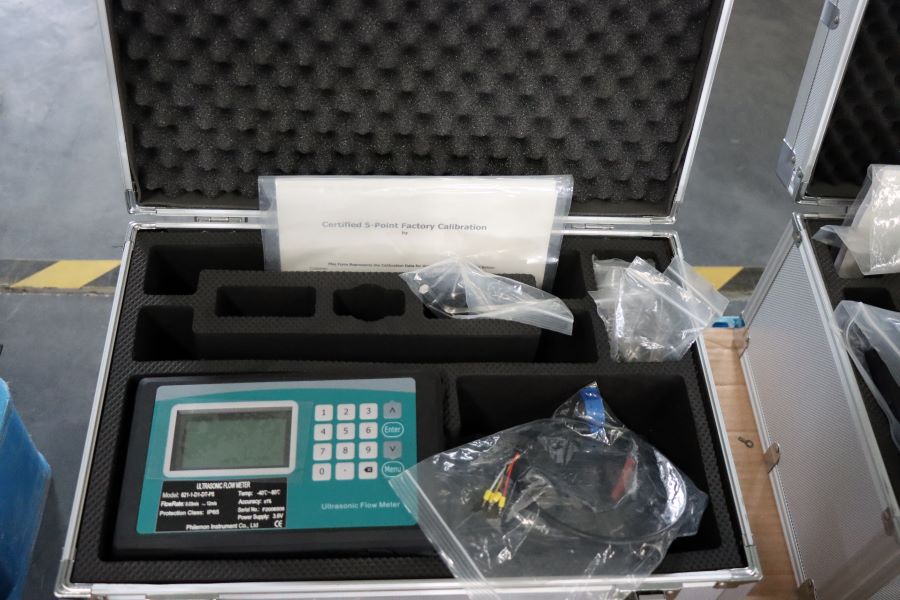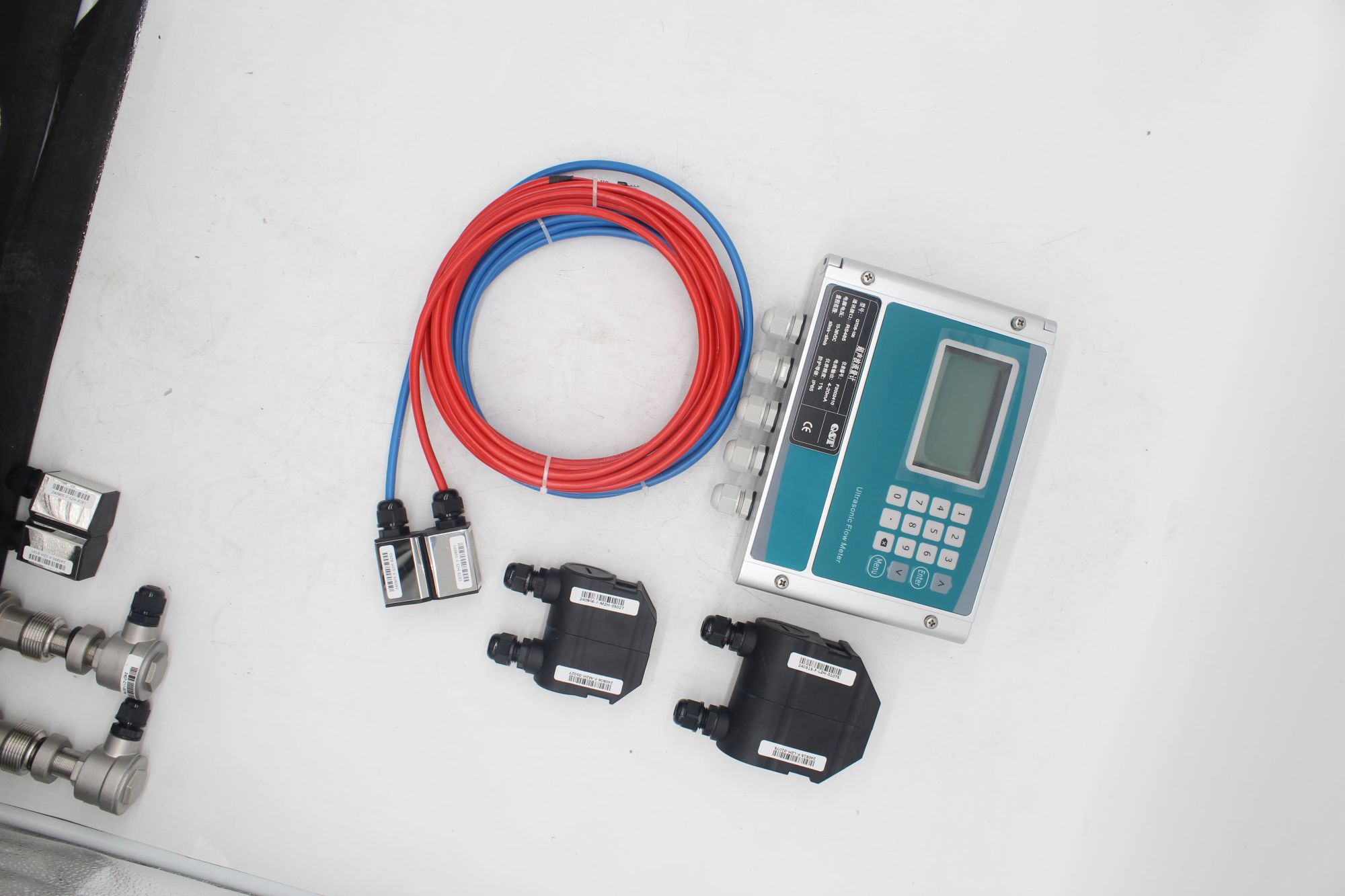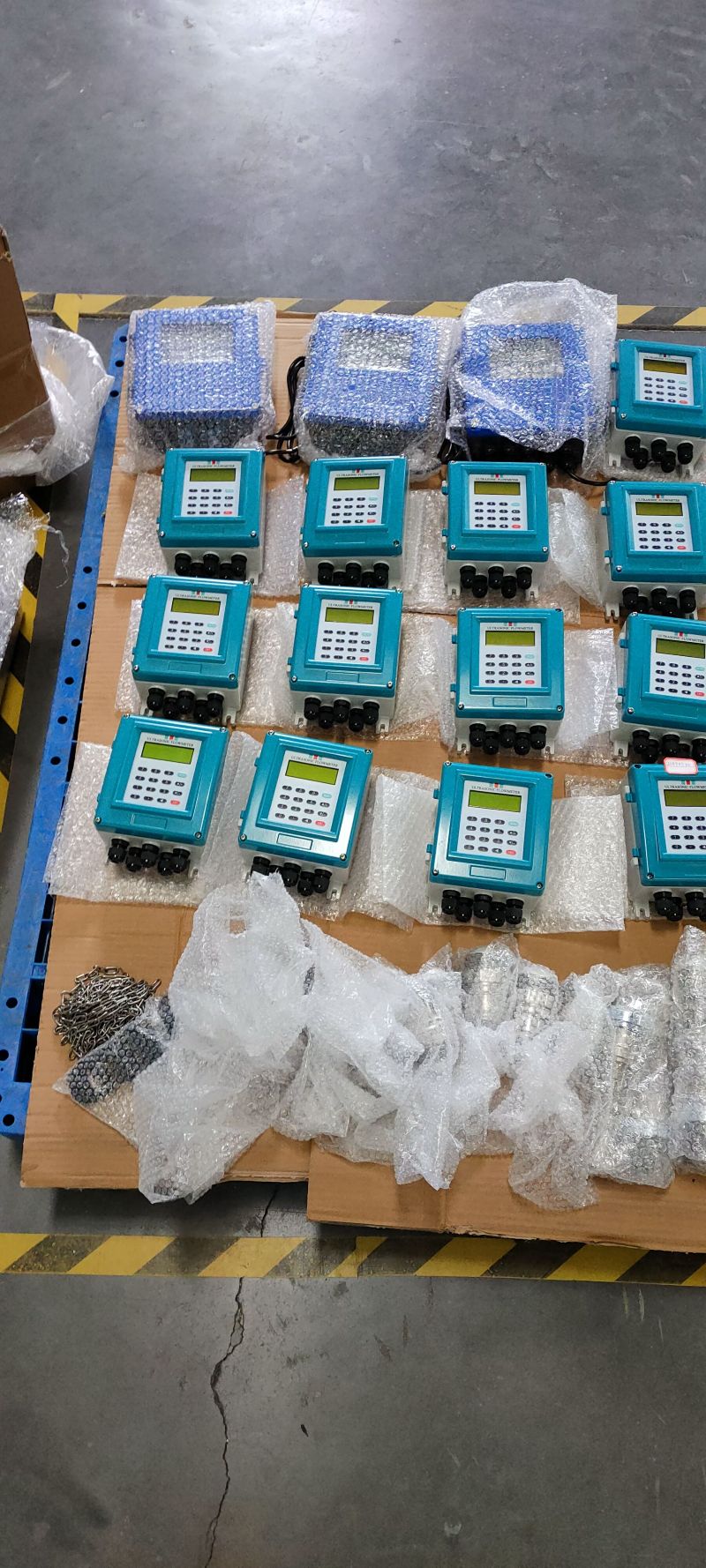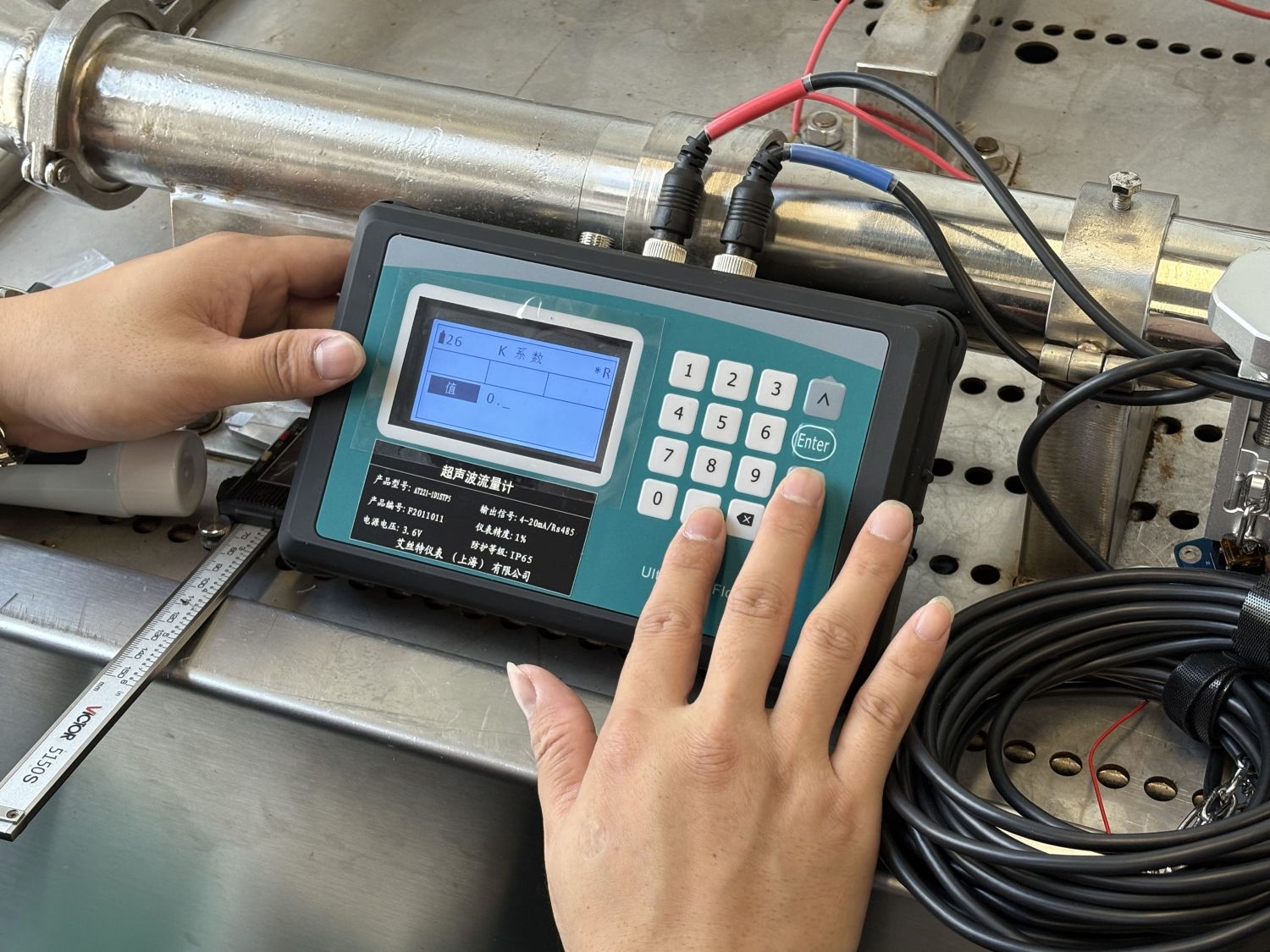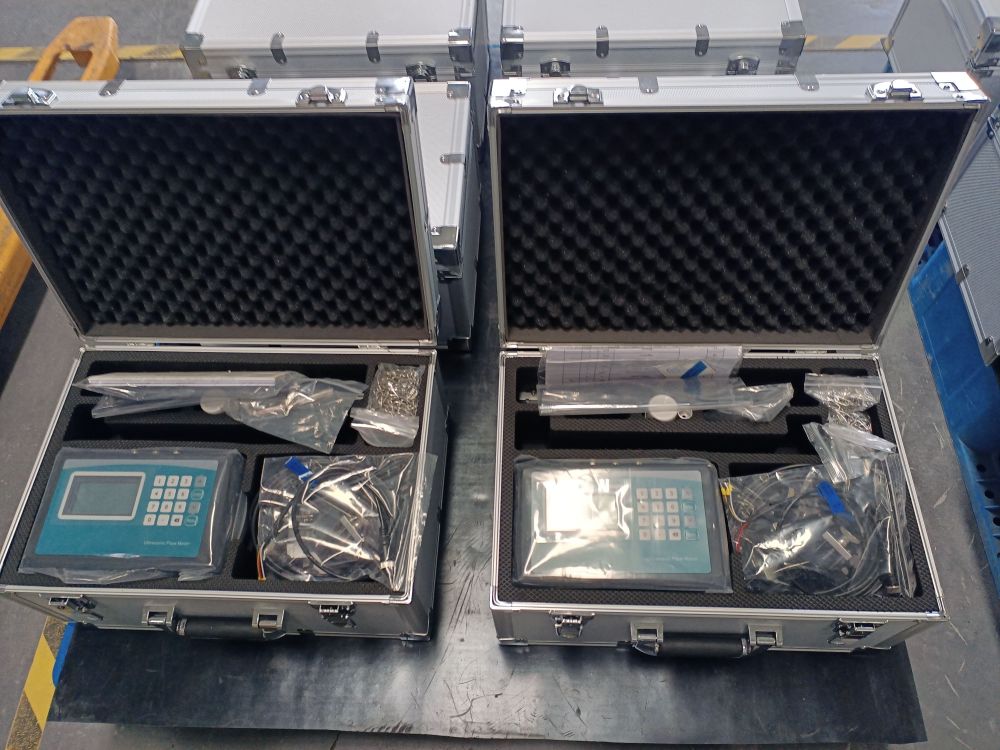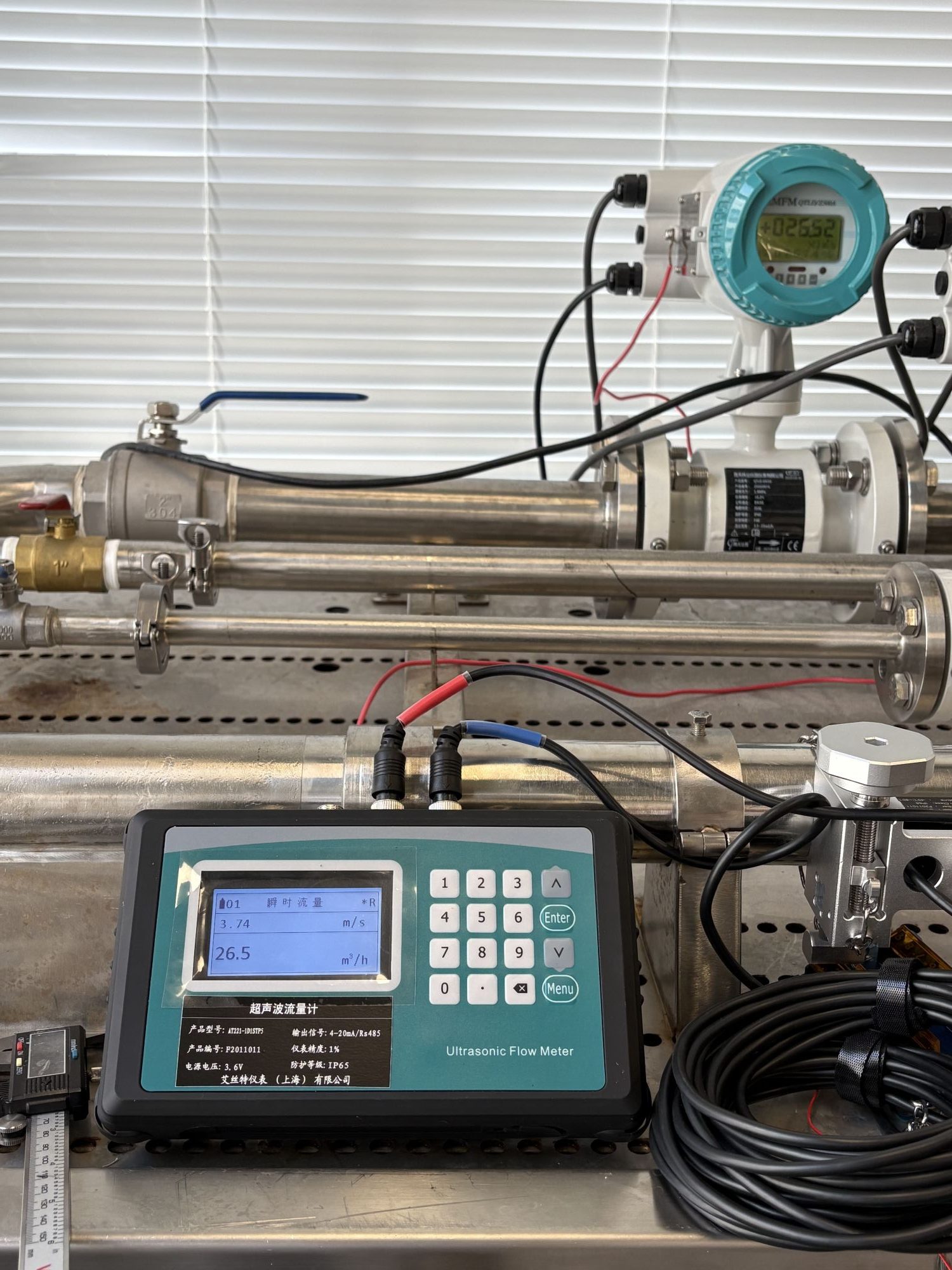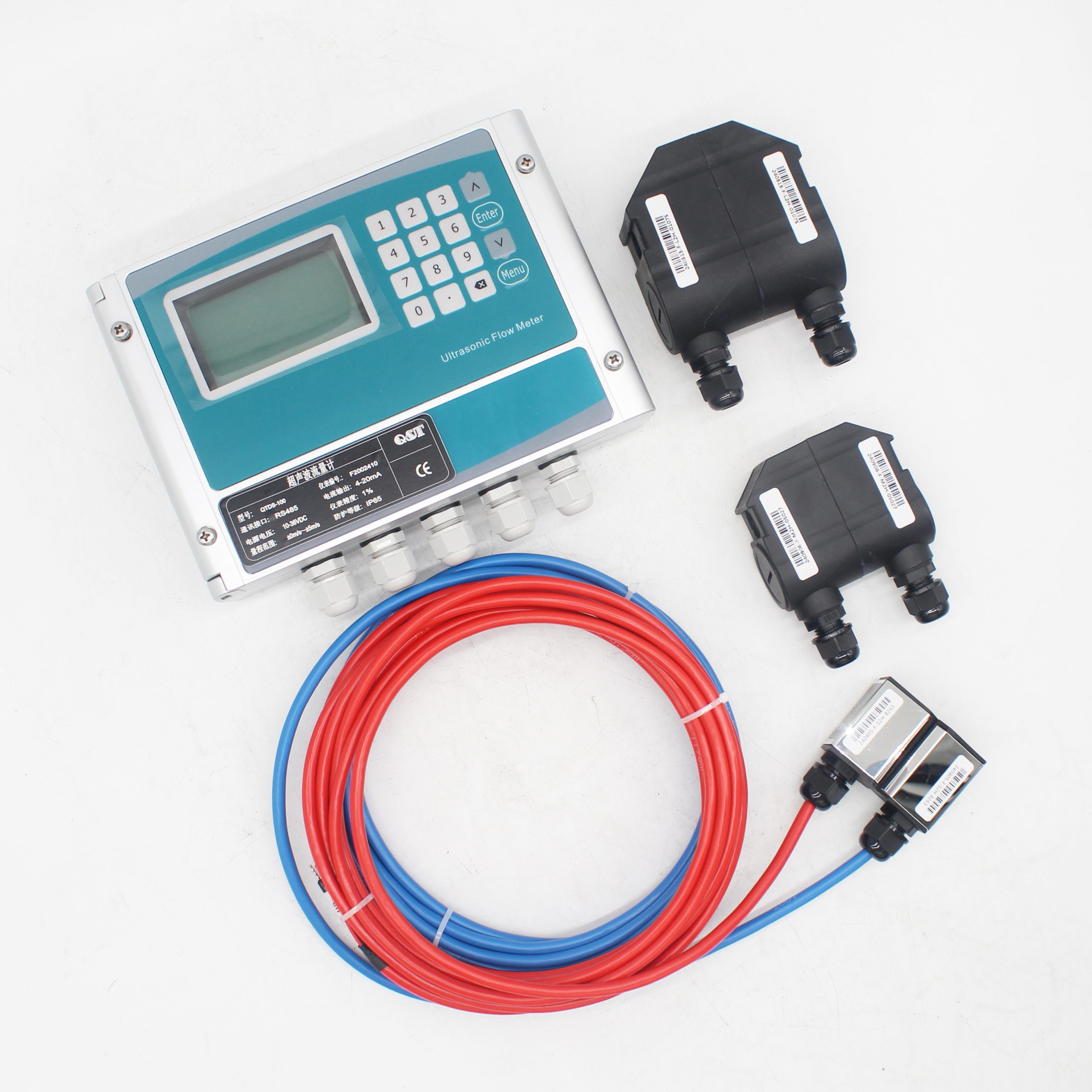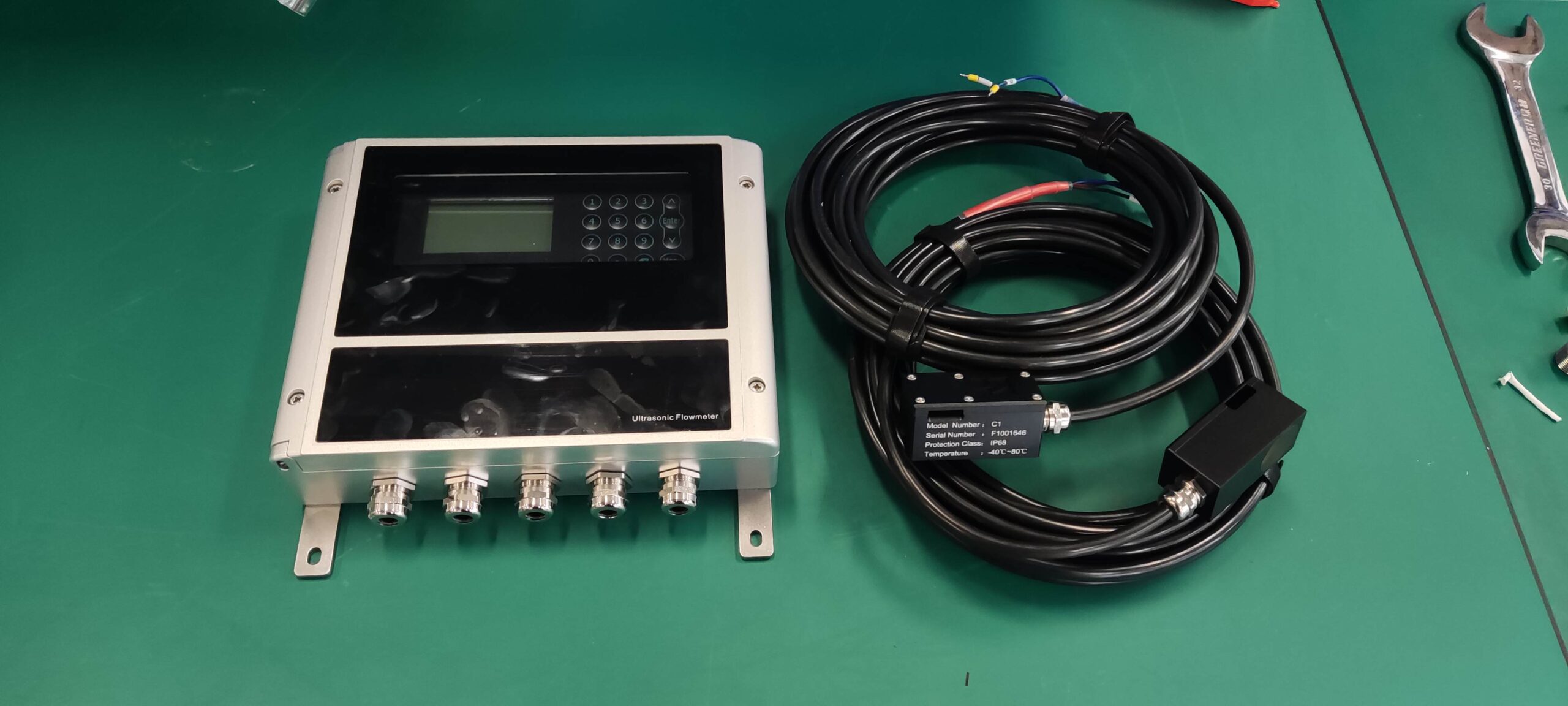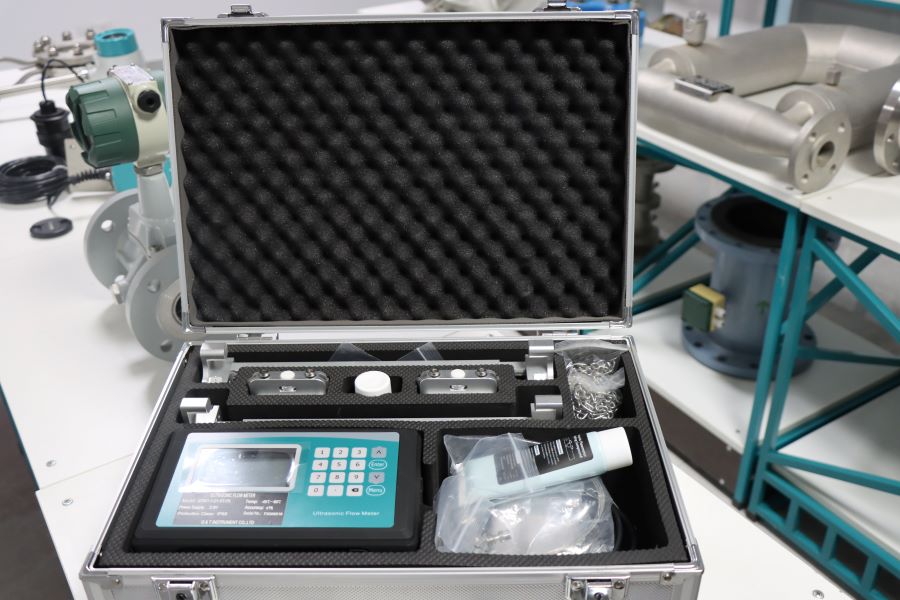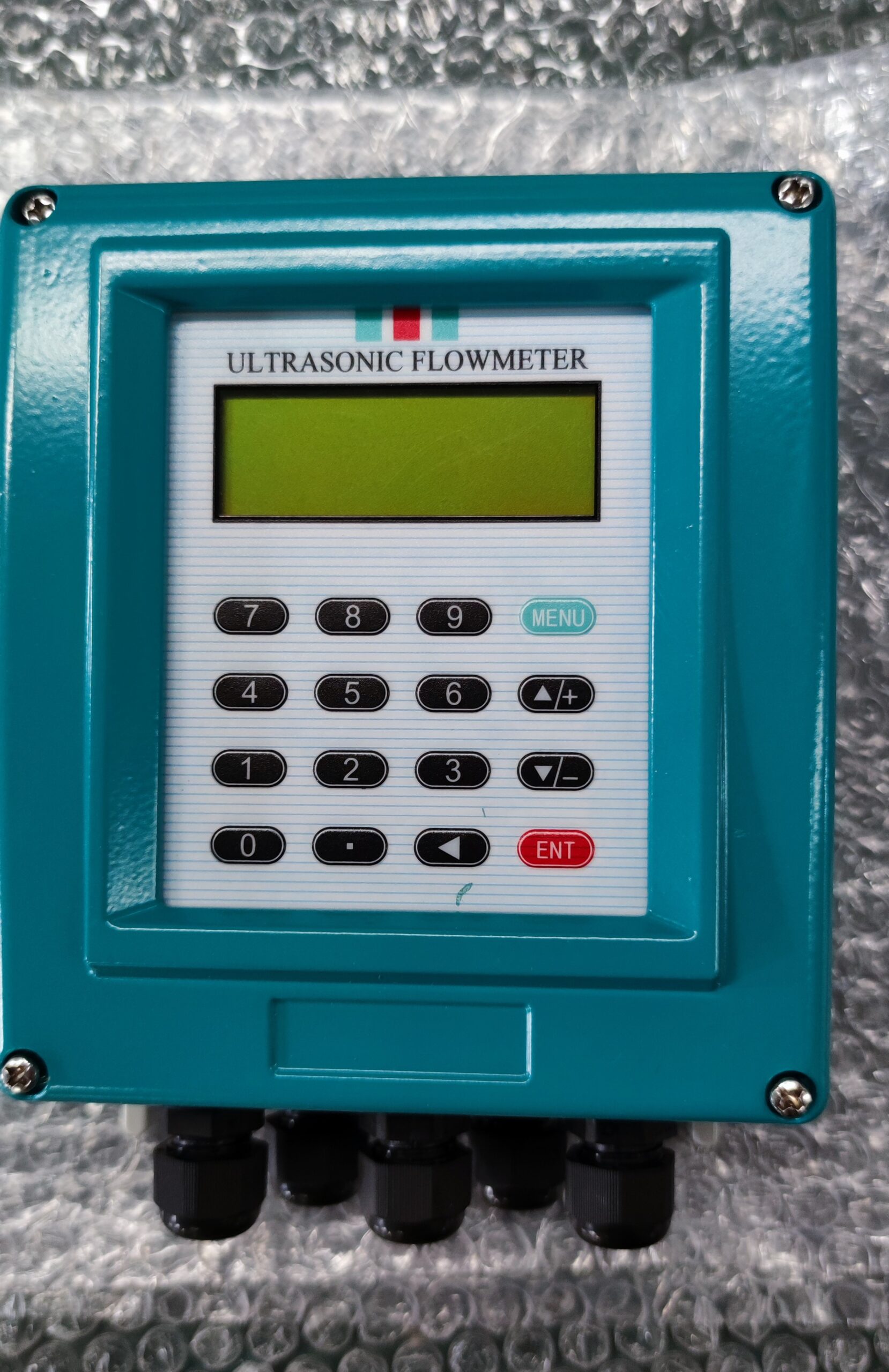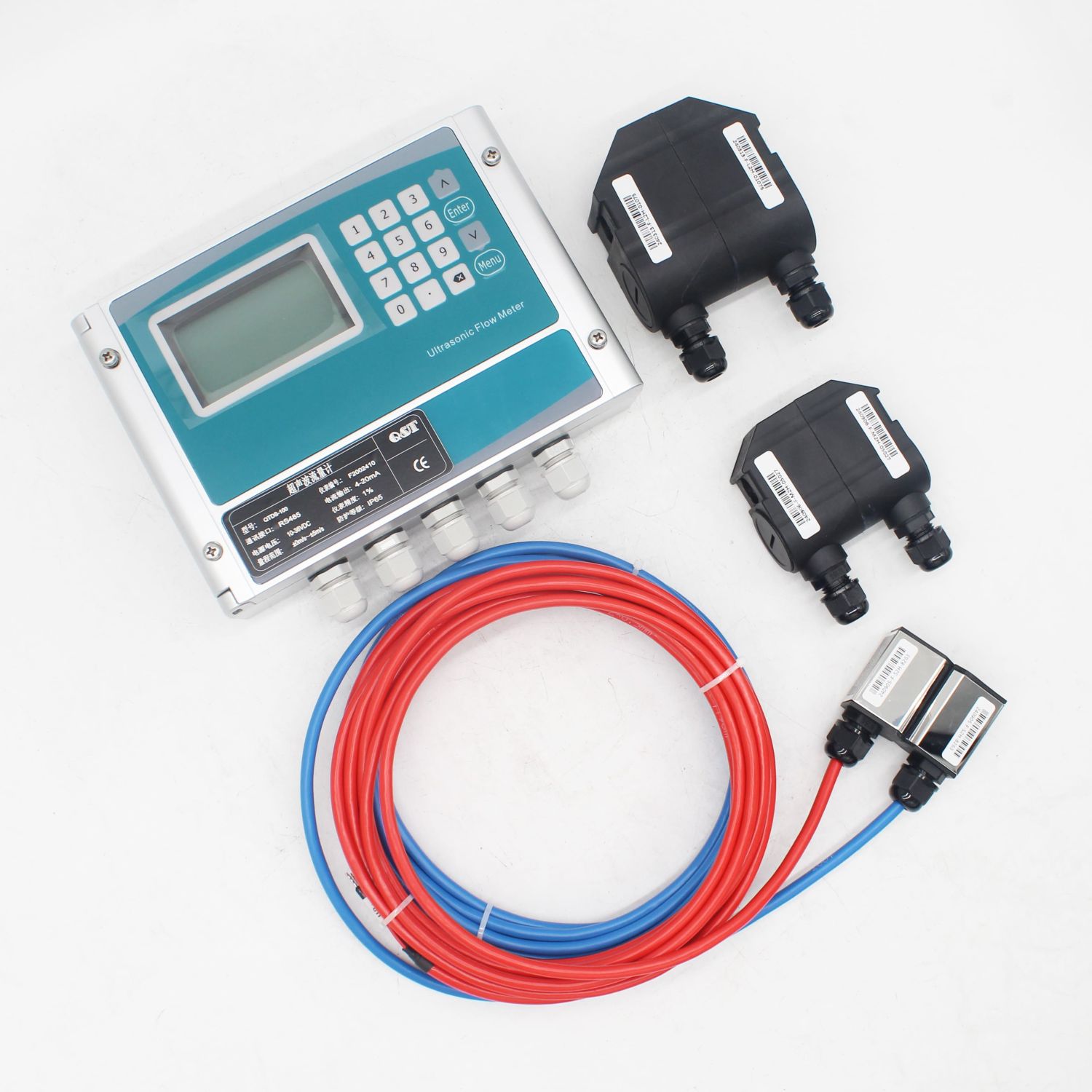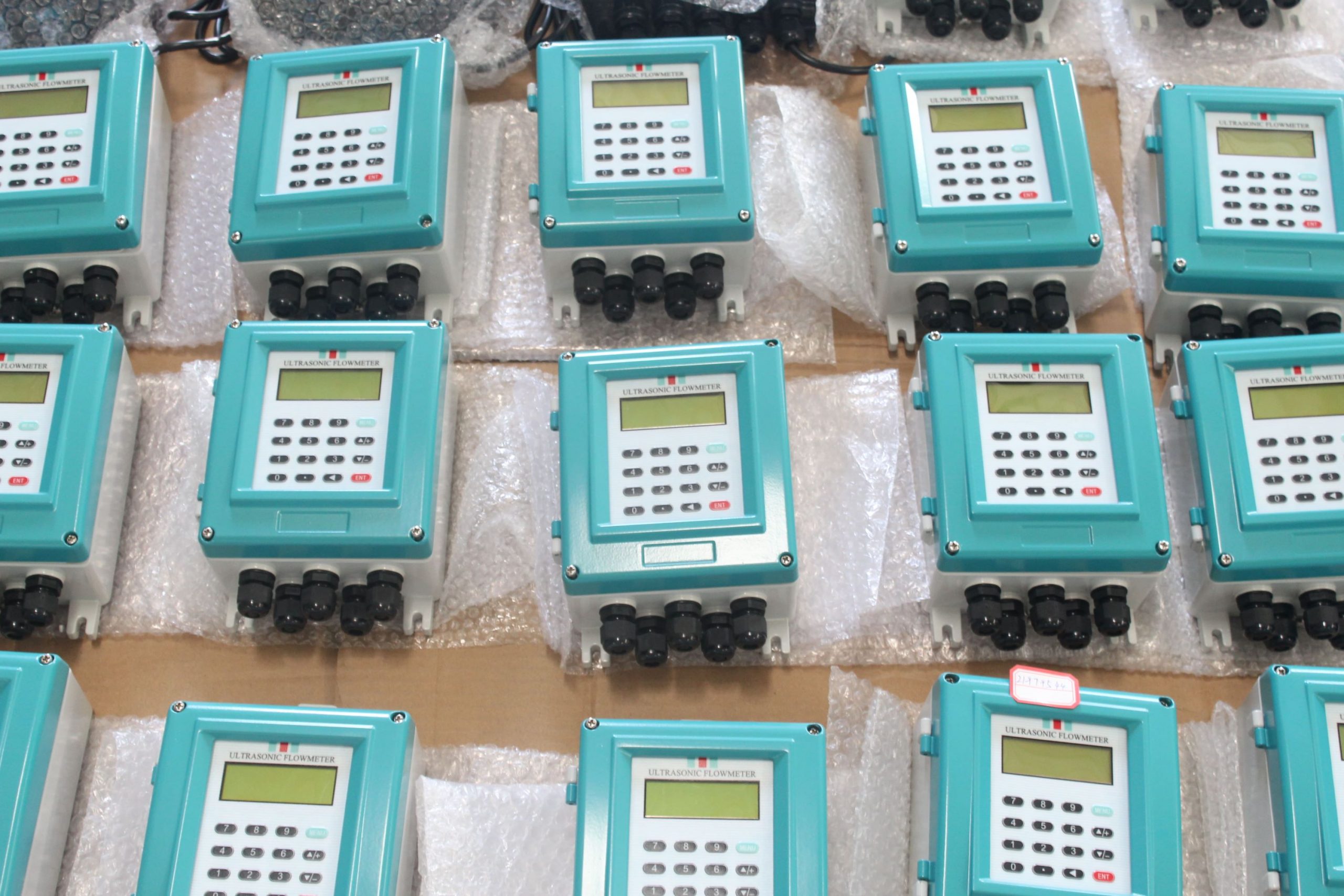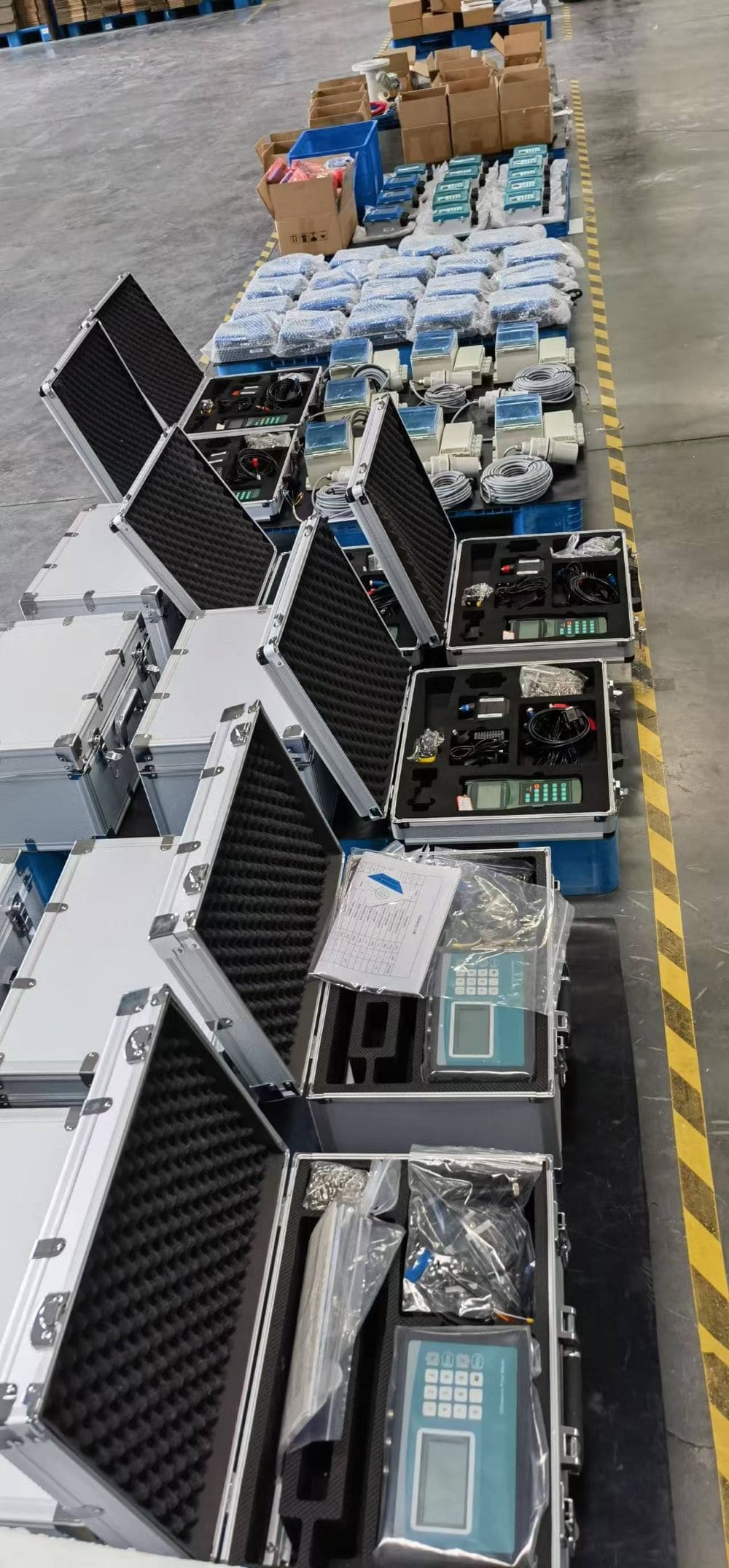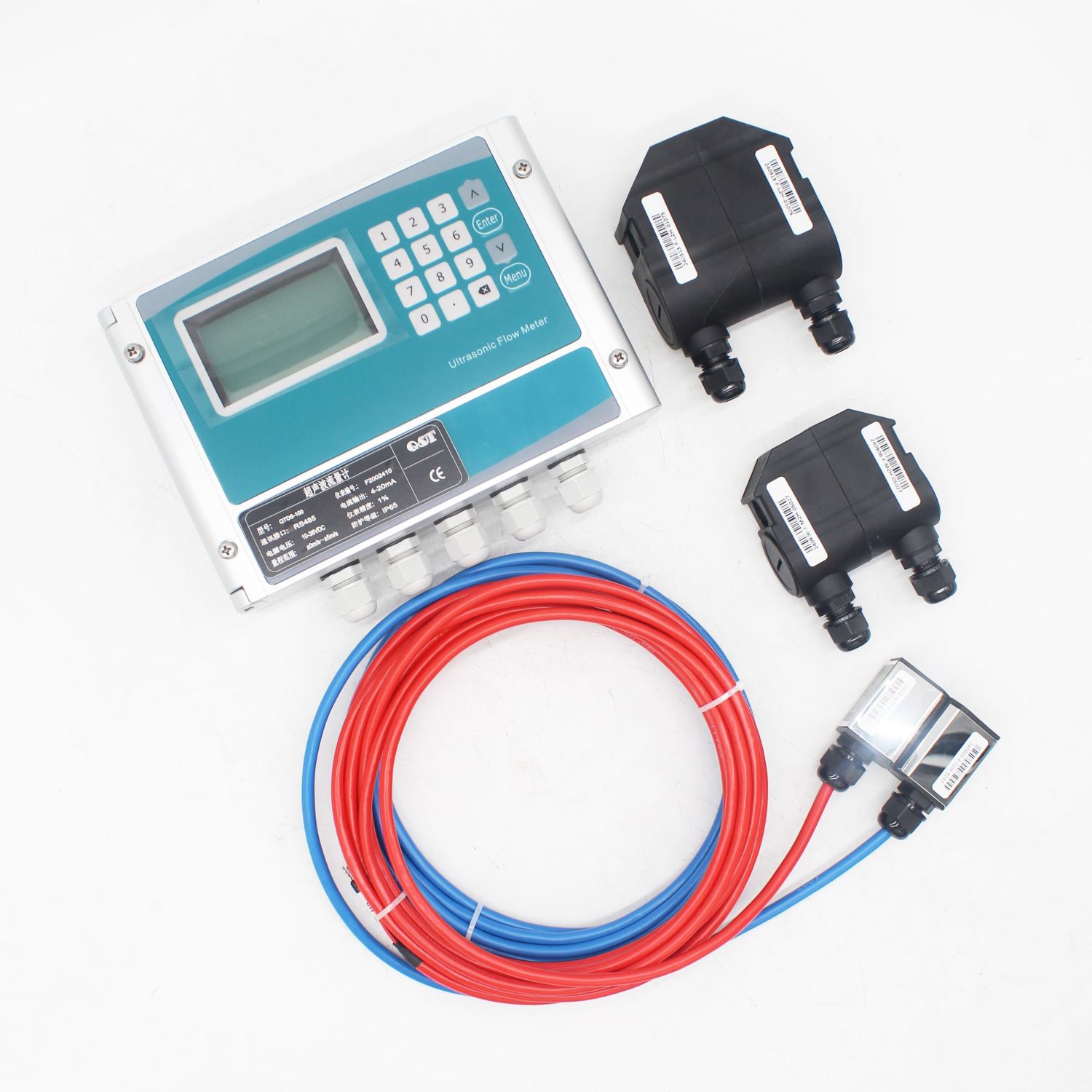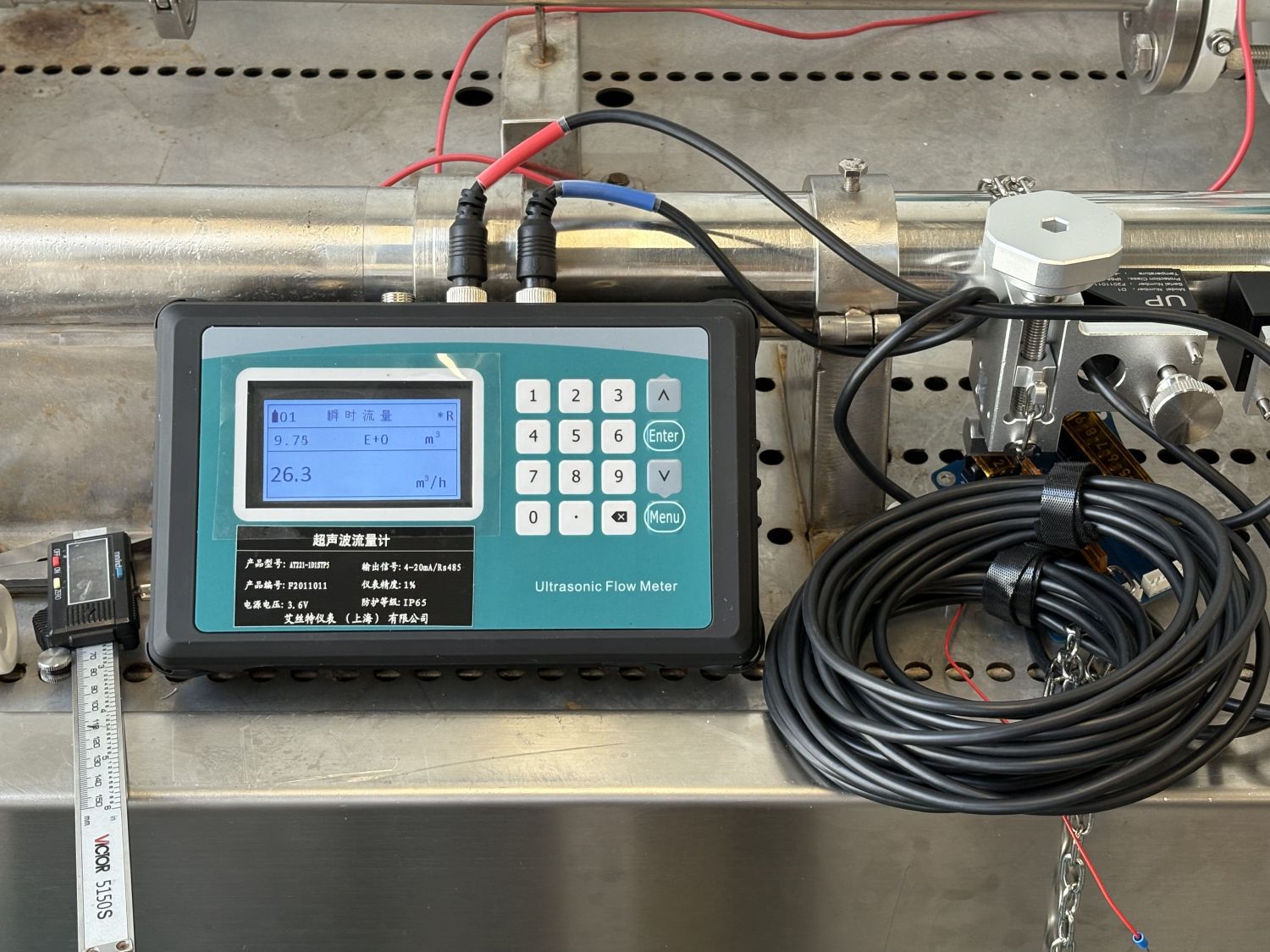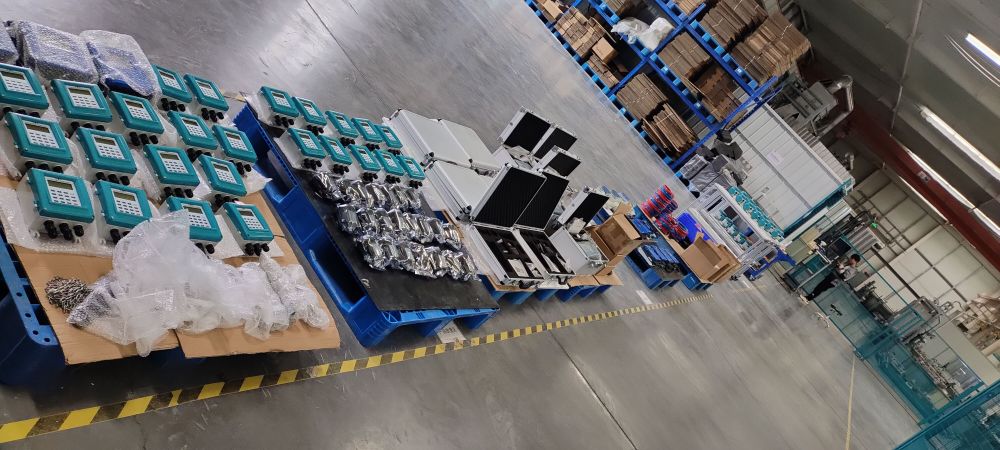How to deal with the decline in accuracy of external ultrasonic flowmeters
The external ultrasonic flowmeter is convenient to apply and favored by a large number of users. However, due to improper installation or debugging, inaccurate readings of the flowmeter occur from time to time. So, in general, how should we conduct self-checks?
1. Remove the paint and rust on the outside of the pipes thoroughly. Remove the pipe again and install the sensor.
2. The surface of the pipe is uneven or the ultrasonic flowmeter is installed at the welding seam. The solution to this situation: Grind the pipe skin or move it away from the welding area.
3. The roundness of the pipe is poor, the inner surface is not smooth, and there is a pipe 籿 structure. If the pipe material is cast iron pipe, this situation may occur. Solution: Select pipe materials with smooth inner surfaces such as steel pipes or places with inner linings.
4. If the measured medium is a pure substance or the solid suspended matter is too low, the solution is to select other suitable types of instruments.
5. When sensors are installed on fiberglass pipes, the fiberglass should be removed.
6. When the sensor is installed on the sleeve, it will weaken the acoustic wave signal. The sensor should be moved to the pipe section without a casing.
7. The sensor is not well coupled with the pipeline, and there will be gaps or bubbles on the coupling surface. The coupling agent should be reinstalled.

